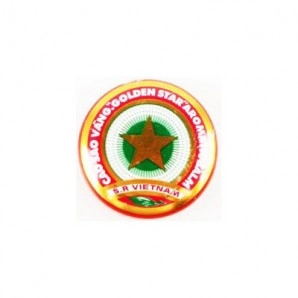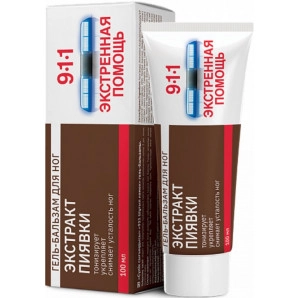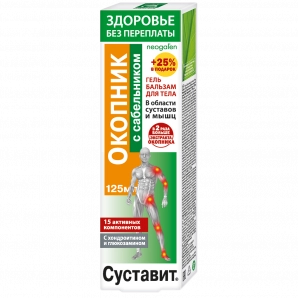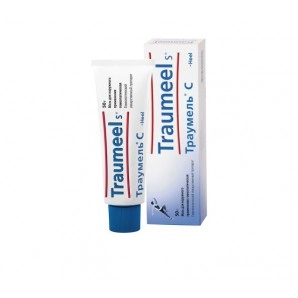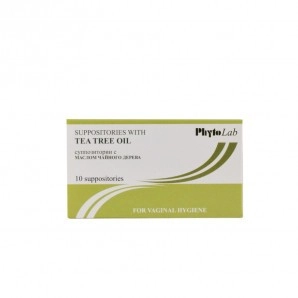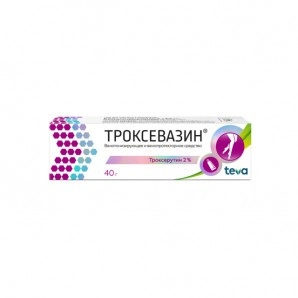-
PC
- Allergy
- Antiparasitic Agents
- Painkillers and Antispasmodics
- Venotonics
- Dermatological Agents
- Gastrointestinal Tract
- Immunomodulators
- Infectious and Inflammatory
- Weight Control, Weight Loss
- Neurological Agents
- Ophthalmic Preparations
- Cardiovascular Diseases
- Sleep Aids
- Cold and Flu Remedies
- Thyroid Disorders
- Diabetes Treatments
- Urological Agents
- Sedatives
- Ear Drops
- Vitamins and Minerals
- Men's Health
- Women's Health
- Laxatives
- Liver Disease Treatments
- Hemorrhoid Treatments
- Nasal Drops and Sprays
- Antiseptic
- Bruises and Contusions
- Antifungal Agents
- Blood Pressure Medications
- Joint Pain
- Oils
- Dry Herbs & Berries
- Ointments
- Herbal Teas
- Tinctures
- Syrups
- Beauty
This information is for general purposes only and should not be considered as medical advice. Always consult with a qualified healthcare professional for any medical concerns or questions you may have.
Vishnevsky Ointment: An Age-Old Remedy
Vishnevsky Ointment, also known as "Vishnevsky Liniment," is a well-known topical medication with a rich history of use in various skin conditions and wound care. This article delves into the details of this time-tested remedy.
What is Vishnevsky Ointment?
Vishnevsky Ointment is a medicated salve formulated with several key ingredients, including:
- Castor Oil: Provides emollient properties and acts as a base for the ointment.
- Xeroform: A yellow antiseptic powder with wound-healing properties.
- Birch Tar: Known for its antiseptic and anti-inflammatory effects.
Historical Uses
Vishnevsky Ointment was developed by Soviet surgeon Dr. Alexander Vishnevsky during World War II. It gained popularity for its effectiveness in treating various skin issues and wounds. Over the years, it has been used for:
- Wound Healing: Vishnevsky Ointment has been applied to minor cuts, burns, and abrasions to promote healing.
- Abscesses and Boils: It's known for its ability to draw out pus and reduce inflammation in cases of abscesses and boils.
- Pressure Sores: The ointment has been used to prevent and treat pressure sores (bedsores).
Modern Applications
Today, Vishnevsky Ointment remains a trusted choice for specific skin issues. It's often used in the following ways:
- Postoperative Care: In some cases, it's used as a dressing for surgical wounds to promote healing and prevent infection.
- Boil Treatment: The ointment is applied to boils to help them come to a head and drain more easily.
- Pressure Sore Prevention: It may still be used to prevent pressure sores in bedridden patients.
Caution and Professional Advice
While Vishnevsky Ointment has a storied history and is available over-the-counter in many places, it's essential to use it with care and consult a healthcare professional when necessary. Not all skin issues or wounds can or should be treated with this ointment.
Please note: This information is provided for informational purposes only and should not replace professional medical advice.
Additional Information
| SKU | 100 |
|---|---|
| Brand | Generic |
| Size | No |
| Manufacturer | No |
- Be the first to review this product
Write Your Own Review
Products on sale
Regular Price: $10.49
Special Price $8.99
Regular Price: $23.99
Special Price $18.99
Regular Price: $4.99
Special Price $2.50
Regular Price: $7.99
Special Price $4.99
Regular Price: $7.99
Special Price $5.99
Regular Price: $26.59
Special Price $18.99
Regular Price: $27.99
Special Price $21.99
Regular Price: $4.99
Special Price $2.99
Regular Price: $33.99
Special Price $24.99
Also Purchased










